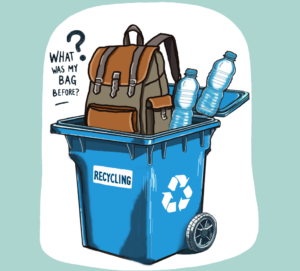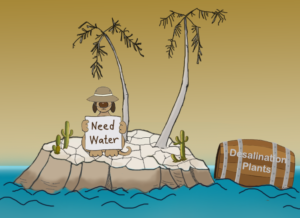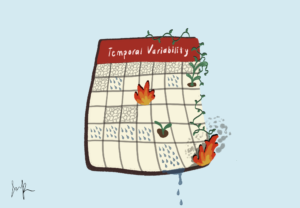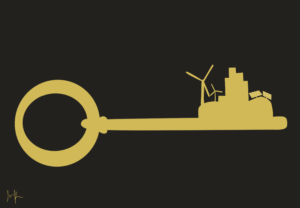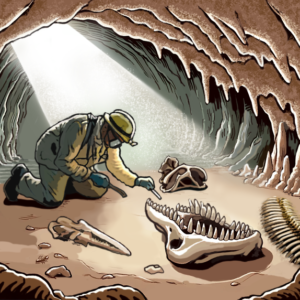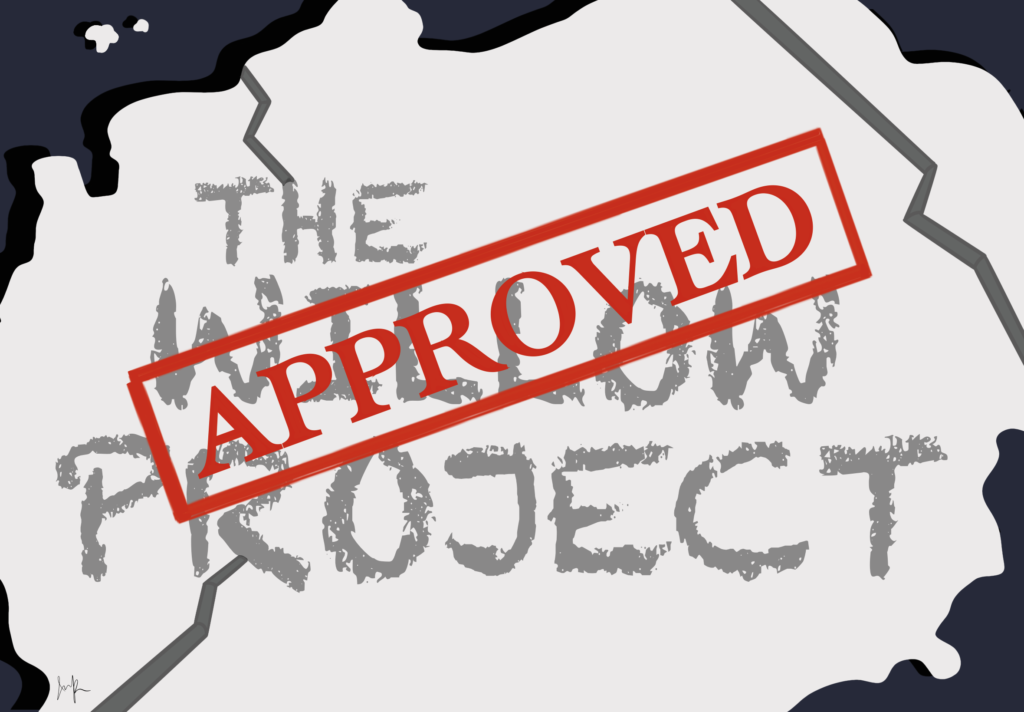
The Biden Administration approved three out of five drill sites for the massive oil production Willow Project in the National Petroleum Reserve in Alaska (NPR-A), on March 13, 2023.
The drilling is to take place in Willow, an oil reserve in the eastern part of NPR-A that has been owned by a Houston based oil company named ConocoPhillips since the 1990s. ConocoPhillips was initially proposed to and approved by the Trump Administration, and after undergoing legal battles with the Biden Administration, ConocoPhillips settled on a deal that limited their original enterprises.
It’s estimated that within 30 years of its inception Willow would produce 576 million barrels of oil, making it the largest oil project inside the U.S. During these 30 years, the project threatens to release 239 million metric tons of carbon dioxide into the atmosphere, a large backwards step in the Biden Administrations promise to move towards a cleaner future.
Although Willow will jeopardize promises made by the Biden Administrations to reduce our carbon footprint, there has been support for the project by state residents and representatives. Given Alaska is still a developing state, much of its economy is dependent on tourism and oil mining. Willow will provide billions of dollars in revenue, a substantial contribution to Alaska’s struggling economy.
On the other side, public outcry from activist organizations such as Earthjustice have already spoken against the decision, with aims to file legal complaints that would shut down the operation. Protests against Willow have spread like wildfire across social media platforms, calling for a no-go for the project and demanding action from people to join them in their fight against Willow.
This isn’t Alaska’s first confrontation with oil mining controversy, however. In 1989 the Exxon Valdez oil spill dumped a whopping 11 million gallons of oil into William Sound; the spill eventually covered 1300 miles of coastline. With the spill occurring in one of the most ecologically sensitive areas, animals from seabirds to seals to whales were harmed. Alaskan natives also debated over the establishment of the trans-Alaska pipeline in the 1970s.
With Willow located in a similarly biodiverse area, the construction of pipeline, roads, and other infrastructure have the possibility of displacing thousands of migrating caribou and damaging polar bear habitats. These possibilities have caused backlash from the local people who look to protect the expansive untouched natural beauty of their state.
In response, the Biden Administration has made plans to designate 13 million acres protected from oil spills to ensure special wildlife in the Teshekpuk Lake, Utukok Uplands, Cochin River, and Peard Bay are not at risk. Another 2.8 million acres in the Arctic Ocean would also be assigned to protected whales, seals, and polar bears. Even with these conservation efforts, one thing remains clear: the Willow project will diminish hopes of climate security in the U.S. Willow will exacerbate pre-existing climate instabilities in the Arctic region and only fuel the ever-growing global climate crisis.
Works Cited
Nilsen, Ella. “Biden Administration Approves Controversial Willow Oil Project in Alaska, Which Has Galvanized Online Activism | CNN Politics.” CNN, Cable News Network, 14 Mar. 2023, https://www.cnn.com/2023/03/13/politics/willow-project-alaska-oil-biden-approval-climate/index.html.
Nilsen, Ella. “The Willow Project Has Been Approved. Here’s What to Know about the Controversial Oil-Drilling Venture | CNN Politics.” CNN, Cable News Network, 14 Mar. 2023, https://www.cnn.com/2023/03/14/politics/willow-project-oil-alaska-explained-climate/index.html.
Puko, Timothy. “What Is Willow? How an Alaska Oil Project Could Impact the Environment.” The Washington Post, WP Company, 20 Mar. 2023, https://www.washingtonpost.com/climate-environment/2023/03/17/willow-project-alaska-oil-drilling-explained/.
The views and opinions expressed are those of the authors and do not necessarily reflect nor represent the Earth Chronicles and its editorial board.
